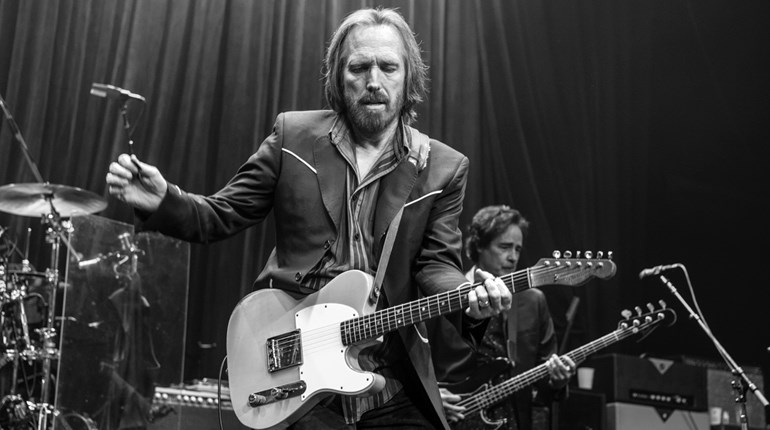In the 1950s, across the United States, elements of blues, country, folk and R&B music fused into a new form. Based around electric guitar, bass guitar and drums, this new music was named “rock and roll” by the Cleveland disc jockey Alan Freed. Rock and roll would go on to spread all around the world and dominate popular music for most of the second half of the 20th century and into the 21st.
During the early years of the rock era, Florida largely remained off the national radar except for notable appearances by popular out-of-state artists such as Elvis Presley. Florida played a more significant role in the technical and industry side of rock and roll during this time, with the establishment of major recording studios in Tampa and Miami. However, local garage rock scenes were bubbling up all across the state, with young people starting bands that performed at small local venues and toured regionally on shoestring budgets.
This began to change during the late 1960s and early 1970s, as more rock musicians with Florida roots gained national recognition, albeit often only after leaving the state to join major record labels. The Gainesville rock scene was a significant talent incubator, with the University of Florida providing a built-in audience for bands whose members would later find success in such acts as Tom Petty and the Heartbreakers and the Eagles. Meanwhile, the boogie-blues-inflected Southern Rock scene was developing in Jacksonville, with such bands as the Allman Brothers Band and Lynyrd Skynyrd crossing over to mainstream popularity while remaining based in the region.
As the 1970s and 1980s went on, rock began to splinter into offshoot genres such as metal and punk, with the next generations of musicians growing up in these new niche scenes. Tampa in particular developed a thriving metal scene, while punk flourished in the South Florida suburbs as well as the college towns of North Florida.
In a reverse of the earlier pattern, well-known artists who had established careers elsewhere followed national trends and relocated to Florida. Today, there are diverse local rock scenes all across the state, often with dozens of subgenres existing side by side. Rock venues in the state range in size from small bars to arenas and festivals.
The Florida Rocks music tour will guide you in learning about rock music history and culture in Florida. Visit the Musicians page to learn about and listen to notable rock performers from the Sunshine State, and then use the Things to Do page to visit music festivals, significant venues and historical sites to experience Florida’s rock history firsthand.
Cover slide Tom Petty and The Heartbreakers: Norwegian Wood by NRK P3, licensed by Creative Commons.
